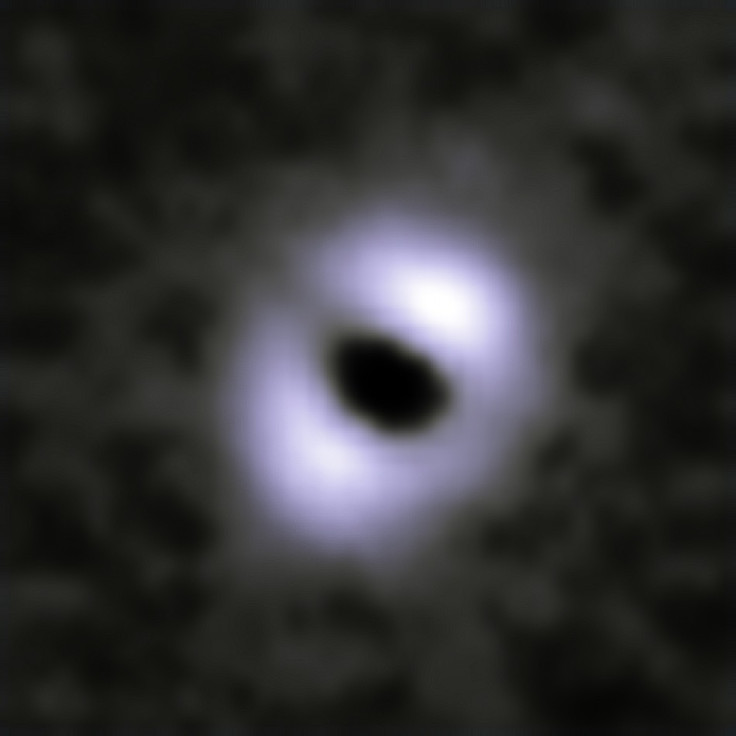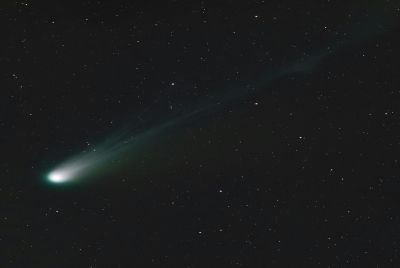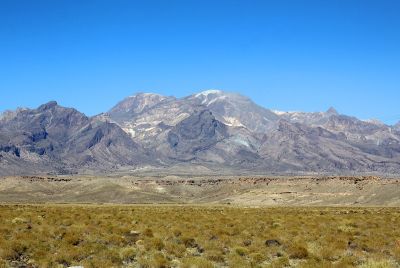A Retiring Star Like The Sun Has Been Discovered to Have Giant Planets
A nearby star located around 100 light years away has been discovered to have one giant planet in its orbit with evidence of a second world. The more astonishing fact is that the 'retired' star, which is a little bigger than our sun weighing at 1.5 solar masses, has a dusty ring of debris surrounding it, which is usually exclusive to young stars.
ESA Herschel space observatory's far-infrared detection capabilities discovered the Kappa Coronae Borealis (k CrB) entering its 'retirement years' after 2.5 billion years of exhausting its supply of hydrogen. Like the sun in our solar planet, Kappa Coronae Borealis has gone through the rigours of burning its hydrogen capacity and is entering into a phase where it is ready to spark off into red giants. These red giants are capable of destroying the planets around them but all that is left of the once well-illuminated subgiant star is a tiny white remnant.

Another interesting aspect of the discovery has been the sighting of a debris disc around the 'old and soon-to-be retired' star. The debris disc is usually formed due to the comet and asteroid explosion in space, but the uncommon part is that the debris disc usually vanishes once a star enters their second stage of existence. In our solar system, the debris disc was wiped out around 600 million years after the sun was formed.
Amy Bonsor, the lead author of the study published in the Monthly Notices of the Royal Astronomical Society, said, "This is the first 'retired' star that we have found with disc debris and one or more planets."
Regarding the presence of the debris disc still present around the ageing star, Bonsor said: "The debris disc has survived k CrB's entire lifetime without being destroyed. That's very different to our solar system, where most of the debris cleared away in a phase called the Late Heavy Bombardment era, around 600 million years after the sun formed."
This is the first subgiant to be observed with a dusty ring around it.
Researchers have been grappling with the alignment of the planets with the stars. The first model envisaged by the researchers is that the planets orbit the subgiant star in one continuous belt far away from the star, with its gravitational forces shaping the disc. The second model explains that the disc is being gradually pulled due to the gravitational force of the planet/s present, while the third variant has the disc divided into two narrow belts due to presence of a "brown dwarf companion".
"It is a mysterious and intriguing system: is there a planet or even two planets sculpting one wide disc, or does the star have a brown dwarf companion that has split the disc in two?"
In their press release, the ESA Herschel space observatory said their ground-based observation suggests there is one planet present in the system which is roughly twice the size of Jupiter, and a possibility of a second planet. But, its mass has not been calculated as yet.
© Copyright IBTimes 2025. All rights reserved.



















